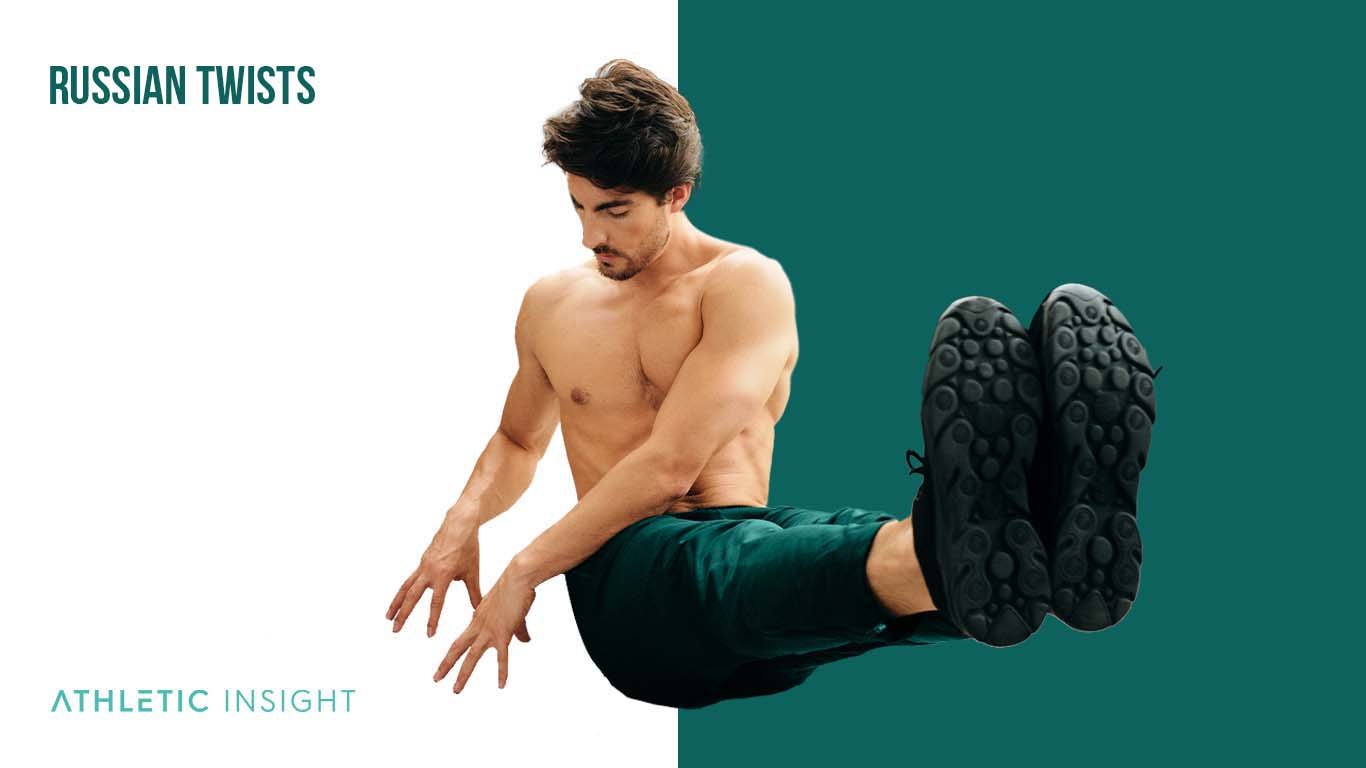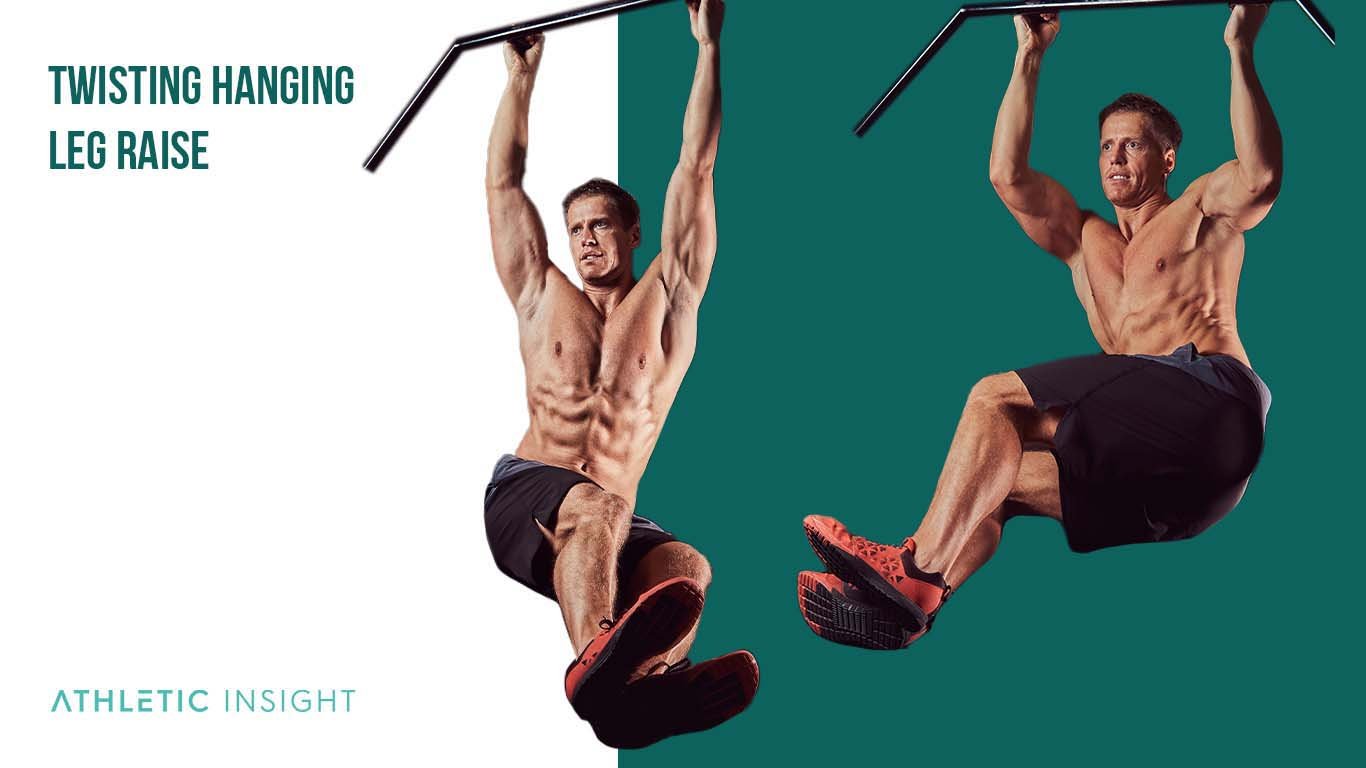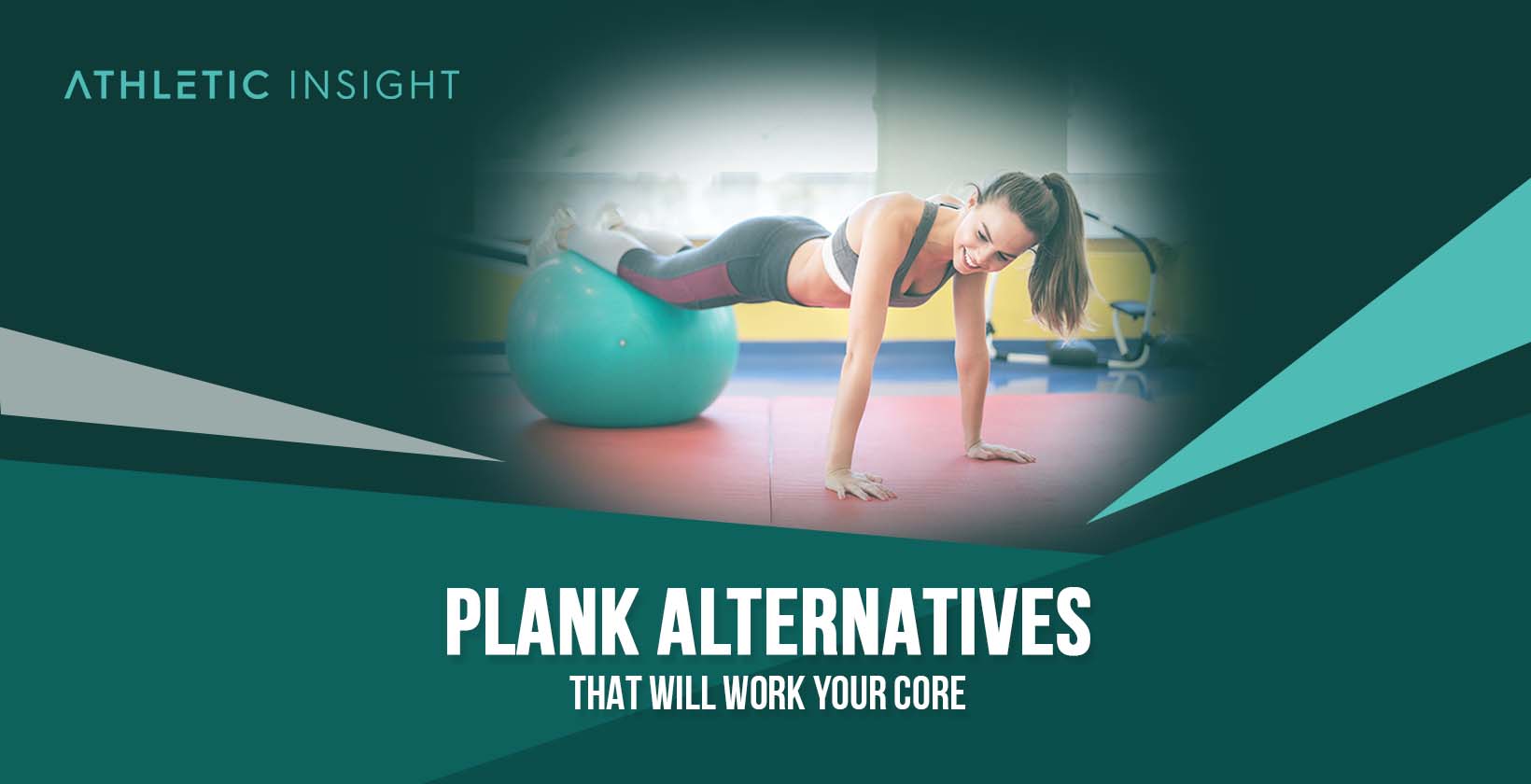A plank alternative is a pose that’s similar to the traditional plank. In fact, studies show that intolerability of the conventional plank can be exchanged for a plank variation that will still give individuals the physical conditioning they need in their core.
Individuals who want to burn more fat, lose more weight, and get a better challenge out of their plank workout will have to start doing plank alternatives. The benefit of each plank alternative will vary based on the pose. However, the overall benefits you will likely experience from doing an alternative plank exercise are here.
- Better strength throughout your core (Entire core is worked)
- Increased flexibility (Poses that stretch your entire trunk
- Improved balance
Plank alternatives are more beneficial because it stimulates the rectus abdominis muscles without adding stress to the shoulders.
When it comes down to count type, some plank variations are counted based on movement, like the bird dog pose, which uses a plank variation to do a full-body exercise. The bird dog pose works your entire core, legs, and arms.
However, the standard plank is counted by the number of minutes you can hold the pose. Plank alternatives are becoming more and more popular due to numerous benefits and more effortless movements. Plank alternatives are also great for beginners who don’t have the strength to hold their bodies up yet. Here are some alternative plank examples that can help beginners build core strength.
The bodyweight plank alternative is a pose that’s similar to the traditional plank, except you are on your forearms. Next, the kettlebell plank alternative is a waist-level pose where you hold the top of the kettlebell in a plank position.
There is also the barbell plank alternative, in which you start from a standard plank pose and then let your knees touch the ground while you hold the barbell in front of you. Finally, the trap bar plank alternative is a waist-level pose similar to the traditional plank, except you are holding onto the handles of a hex bar.
Plank alternatives for home is a list of poses similar to the traditional plank that are easier to perform without the risk of trauma. Let’s look at some alternative plank movements with the most benefits.
1. Twisting Piston
The twisting piston is a plank alternative that focuses on the upper and lower abs, left and right obliques, and the transverse abdominis muscles while enhancing endurance and core strength. The twisting piston is better than the traditional plank to provide a great cardio component to your workout.
The twisting piston is an excellent workout for a sporter who wants to improve endurance and core strength. Performing the twisting piston will likely be more challenging for a beginner-level sporter than the traditional plank.
To perform the twisting piston, start in a plank position and hop while bringing your knees to the left side of your chest at 90 degrees. Then return to the starting position and repeat on the other side. This exercise can be a choice to enhance lower and upper body mass and stability when compared to the plank.
One tip to make the twisting piston easier is to go at your own pace. Don’t rush through the workout. Also, keep your arms straight to help with balance. One common mistake people make with the twisting piston is not keeping their back in a straight line. If you’re not maintaining a straight line, try to squeeze your glutes and abs to keep yourself in position.
2. Russian Twists
The Russian twist is a plank alternative that focuses on the left and right obliques hip flexors, erector spinae, and the transverse abdominis muscles while enhancing balance and core strength. The Russian twist is better than the traditional plank because it is a more challenging workout for athletes looking to improve their rotational movement abilities.
The Russian twist is performed by sitting with your feet lifted from the floor with your knees bent. Straighten the back and lean back 45 degrees. Then twist to the left.

To make the workout more challenging, add weight. Increase the tension by tapping the weight on the floor beside you each time you twist. For a beginner-level weightlifter and athlete, the Russian twist exercise can be a good choice to improve upper body mass and strength compared to Plank.
One mistake people make with the Russian twist is not holding their balance throughout the movement. Remedy this by doing the workout with the feet on the floor.
3. Reverse Crunch
The reverse crunch is an easy plank alternative that focuses on the rectus abdominis, which is basically your six-pack. The exercise increases the strength and stabilization ability of the belly.
Reverse crunches are better than traditional crunches to provide a more intense workout for the lower abs muscles while enhancing endurance and core strength. The reverse crunch is an easy workout for a beginner-level weightlifter, athlete, and bodybuilder. It is performed by lying on your back on the floor and bringing your knees in towards your chest.
Then, use your abs to curl your hips off the floor and towards your chest. This exercise can be a choice to enhance lower body mass and strength when compared to Plank.
For more tension, rest your arms by your side. You can also stretch the legs out without letting them touch the ground and bring them back to the starting position. One mistake to avoid is crunching too high. Keep the range of motion low to feel the tension in your abs.
4. Scissor-Kicks Under
The scissor-kicks under is a plank alternative that focuses on the hip abductors, quadriceps, and gluteus medius muscles while building those hard-to-reach lower abdominals. It is better than the traditional plank because it activates the entire core more aggressively.
Performing this exercise is easier than Plank, but it’s more complicated than a Russian twist. The scissor-kicks under movement are performed lying down on the floor with legs extended and arms down by your side.
Engage the core and lift both legs about a foot off the floor. Holding the same position, lower one leg while raising the other simultaneously. Alternate legs and continue the movement.
For a beginner-level weightlifter, athlete, or strongman, this exercise can be a choice to improve abdominal strength and the inner thighs when compared to the plank. To increase the difficulty of this exercise, you can use ankle weights.
If you don’t have ankle weights, you can raise your legs higher, but remember to keep the core engaged. One mistake people make with the scissor kick under is not lifting their legs high enough. If you’re having trouble lifting your legs, this may not be a good exercise for you.
5. Seated Ab-Circles
The seated ab-circles are a plank alternative focusing on the rectus abdominis and the external and internal obliques while enhancing your ability to have a better balance. The exercise is better than the traditional plank to provide a better range of motion.
The seated ab-circle is an excellent workout for athletes who want to improve their balance and core strength. Performing the seated ab-circle is more challenging for a beginner-level athlete than the traditional plank.
To start, sit on the floor with your knees bent and feet flat on the ground. Place your hands on the floor beside you, then lean back so that only your shoulders and feet are touching the ground.
Now, slowly lift both legs off the ground and draw a sizeable clockwise circle in the air. Keep your abs pulled in tight throughout the movement.
Once you’ve completed the circle, return to the starting position and repeat making counterclockwise circles. If you’re having trouble maintaining balance, try to keep your gaze fixed on a spot on the floor in front of you. You can also start by making smaller circles.
One mistake people make with the seated ab-circle is letting their backs slouch. If you’re struggling to keep your back aligned, try to squeeze your glutes and abs to keep yourself in position.
6. Twisting Hanging Leg Raise
The twisting hanging leg raise is a plank alternative that focuses on the shoulders, back, latissimus dorsi, and oblique muscles while enhancing the strength of the core. This movement is better than the traditional plank because it provides a compound, almost full-body effect.
Performing the twisting hanging leg raise is more challenging than the traditional plank. Start by hanging on a bar with arms straight and legs together. Then, raise your legs to the right side of your body while keeping your hips and back stationary. Return to the starting position and repeat on the left side.

It is an excellent exercise for athletes, strongmen, and sporters because it improves lower and upper body mass and strength, functional strength, and control of the abdominal muscles more than the plank. One tip to make the twisting hanging leg raise easier is to keep your legs straight and together.
When starting this exercise, you may not be able to bring your knees to your chest. That’s ok. Just bring them as close as you can. Rome wasn’t built in a day.
One mistake people make with the twisting hanging leg raise is not keeping their legs together. If the workout is too challenging to hold proper form throughout the movement, try other exercises to build strength in the arms and lower abs.
7. Straight Leg Sit Up with Twist
The straight leg sit-up with a twist is a plank alternative that focuses on the obliques, rectus abdominus, hip flexors, chest, neck, and transverse abdominis. This exercise is better than the traditional plank to provide a greater range of motion and enhances posture.
This exercise is excellent for strongmen, bodybuilders, weight lifters, athletes, and sporters because its posture-improving effects are essential to reducing the chances of injury. Performing the straight leg sit-up with a twist is more challenging than performing the traditional plank.
Start in a plank position and then transition into a seated position while keeping your back straight. As you sit up, twist to the right. Return to the starting position and repeat on the other side. To make the exercise easier, go at your own pace.
Also, use one arm when doing the twist to touch the floor for balance. One mistake people make with the straight leg sit-up with a twist is not keeping their back straight and upright. If you’re not maintaining proper posture, try to squeeze your glutes and abs to keep yourself in position.
8. Swiss Ball Crunch with Twist
The Swiss ball crunch with a twist is a plank alternative that focuses on the obliques, rectus abdominis, and transverse abdominis muscles while enhancing balance and lower back and core strength.

Swiss ball crunches are better than traditional planks because they give beginner weight lifters and bodybuilders the ability to work their core without getting on the floor. Performing Swiss ball crunches is more effortless than performing traditional planks.
To do a Swiss ball crunch, lie on your back on a Swiss ball, with your feet flat on the floor and your hands behind your head. Cross your right ankle over your left knee. Crunch up, bringing your right elbow toward your left knee.
Pause, and then return to the starting position. Repeat, crossing your left ankle over your right knee. Keep both feet flat on the floor if you find the move too challenging.
One mistake people make with the Swiss ball crunch is maintaining proper form. If you’re not maintaining good form, try to keep your back pressed against the ball, and don’t let your hips sag.
9. Oblique Kickbacks
The oblique kickbacks are an easy plank alternative that focuses on the left and right obliques, hip flexors, and glute muscles. The oblique kickbacks are better than the traditional plank to provide an easier workout on the hip flexors and glutes.
The exercise is a great choice for beginner-level weightlifters as well as athletes and sporters because it builds more strength in the glutes and core than the plank. To perform oblique kickbacks, start in a plank position and bring your right knee to your right elbow.
Then as you kick your leg back, flow past the starting position and lift your leg as high as possible. Then come back to the starting position. Keep your core engaged the entire time to protect your elbows. Repeat this motion for the desired number of repetitions and then switch sides.
Keep your back straight and core engaged throughout the entire exercise. One mistake people make with the oblique kickbacks is not keeping their backs straight. If this is an issue, it just means you need more core strength. Remedy this by doing the workout on the knees until you gain the power.
10. V Ups with Twist
The V-ups with a twist are an excellent plank alternative that focuses on the abs, obliques, and lower back muscles.
The V-ups with a twist are better than the traditional plank because they improve glute and leg strength alongside the upper and lower abdominal muscles compared to Plank, making them a great choice for intermediate level weightlifters, athletes, and sporters.
To perform the V-ups with a twist, start in a lying position with your arms straight out above your head and legs bent to 90 degrees. Then, while keeping your abs engaged, lift your torso and legs off the ground, and reach your hands towards your toes. Hold for a second before lowering yourself back to the starting position.
Twist your torso to the right as you reach your hands towards your toes. Then, repeat the motion on the left side. Keep your back straight and core engaged throughout the entire exercise to make it easier. One mistake people make with the V-ups is giving up because it is a strenuous exercise to perform.
If you’re not able to do the V-ups with a twist, keep your legs straight and only lift your torso off the ground.
What To Know About Plank Alternatives
Plank alternatives target muscles the traditional plank doesn’t. Not to mention, they are easier to perform and give many individuals with shoulder and wrist problems the opportunity to build core strength. Sprinkling in these movements will help anyone build a strong core.
Which plank alternative is beginner friendlier?
The Swiss ball crunch with a twist is better than the traditional plank because it focuses on the core and lower back muscles. It makes the lower back stronger while improving balance and posture. The conventional plank cannot strengthen the back at this level.
Which plank alternative is better for the core?
The V-ups with a twist are better than the traditional plank because they focus on the core and upper body muscles. It makes the lower back and core work hard to perform the movement, increasing strength and agility in those areas.
Which plank replacement exercise is better for the lower back?
The reverse crunch is the plank replacement exercise that is better for the lower back. It allows you to lay on your back and not put any excess stress on it.
When should an athlete use the Plank alternative for exercise?
Athletes should always use plank alternative exercises for exercise. It helps them build core strength for their sport. It allows them to target muscles the traditional plank doesn’t.
What are the Plank Variations?
A plank variation is a set of movement patterns similar to the plank but different in their own way. These movements involve the core muscles and use them in different ways.
Plank alternatives are greater for beginners and professional weightlifters because they are easier to perform and provide more excellent benefits. Planks are not a good exercise for beginners because they can be hard to maintain.
For a beginner weightlifter to receive the maximum benefit from performing Plank, they must increase their strength first. Therefore, beginners should start with plank alternatives instead of the Plank. Professional weightlifters can use plank alternatives to increase their strength and balance compared to the traditional Plank.
It’s also beneficial for athletes and people who want to achieve core stability. The plank variations mentioned in this article are not conventional. They are not the most common Plank variations that you will see in a gym.
People who have done bodyweight exercises for more than 3-5 years can do more advanced plank exercises.



